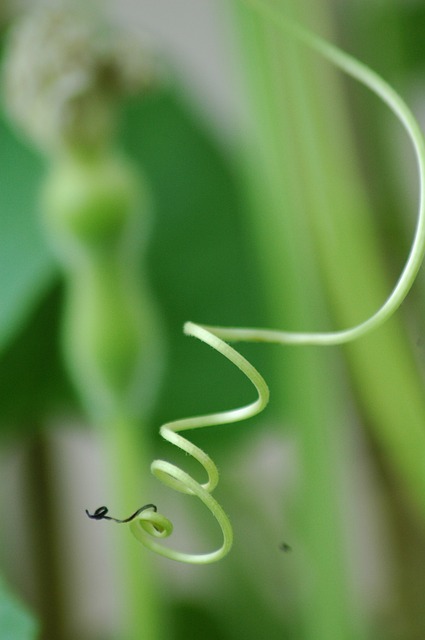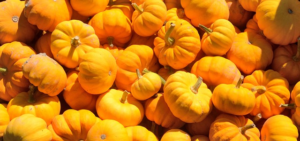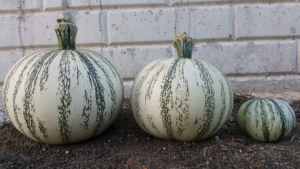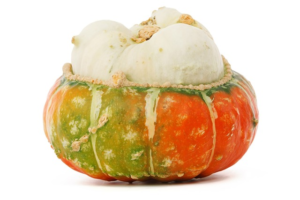
I’m always drawn to winter squash. This time of year, it’s usually at a great price, and it’s literally chock full of healthy nutrients — vitamin A, fiber, vitamin C, magnesium, potassium and even calcium.
The term “winter squash” is a bit of a misnomer. Harvested in the fall, these hardy vegetables will keep well through the cold winter months for which they’re named. Chances are sugar pumpkins, acorn squash and butternut squash are the most readily available at local supermarkets. Others such as spaghetti, buttercup and red kuri are worth seeking out at farmers markets or health food stores.
Squash is among the oldest known crops, dating back 10,000 years to Mexico and Central America. The name squash comes from the Native American word askutasquash, which means uncooked or eaten raw.
I’m not sure I’m ready to eat squash raw, but it’s great roasted in the oven, which caramelizes the natural sugars and brings out the flavor. Our favorite restaurant in the St. Louis area, Annie Gunn’s in Chesterfield, serves squash year-round next to their melt-in-your-mouth steaks.
Butternut squash is a type of winter squash with pale orange skin and a bright orange interior. Both the skin and the flesh are hard and firm, and it’s shaped almost like an elongated pear.
The taste of butternut squash is fairly mild, somewhat sweet and a little bit nutty. Its flavor reminds me of a cross between a sweet potato and a carrot or turnip.
The hardest thing about fixing squash is cutting the thick, tough, outer skin. A good trick is to pop it in the microwave for 3 minutes to soften the skin; then it’s easy to cut, peel and dice.
It’s best to cut a thin slice off the bottom and top so it will stand flat on a cutting board. Then you can use a knife or peeler to slice the skin off from the top to the bottom. After that you can dice it.
You can also cut the squash in half and bake it with the skin on. Once it’s done cooking, the skin will easily peel away.
Diced squash is great roasted with Brussels sprouts and dried cranberries. Or an easy way to prepare it is to drizzle diced squash with olive oil, salt, pepper and sage, and roast it in the oven. Cinnamon and brown sugar or honey and pecans also blend well with squash’s mild taste.
Squash’s mild flavor also can be added to a coffee ake to boost your veggie intake. Using butternut squash gives a sweeter flavor when compared to carrots and also adds moisture to the coffeecake.
Here are some recipes to get you started with squash:
Roasted Brussels Sprouts, Butternut Squash and Dried Cranberries
1 pound butternut squash, peeled and cut …….
Source: https://www.farmprogress.com/commentary/squash-steals-show






